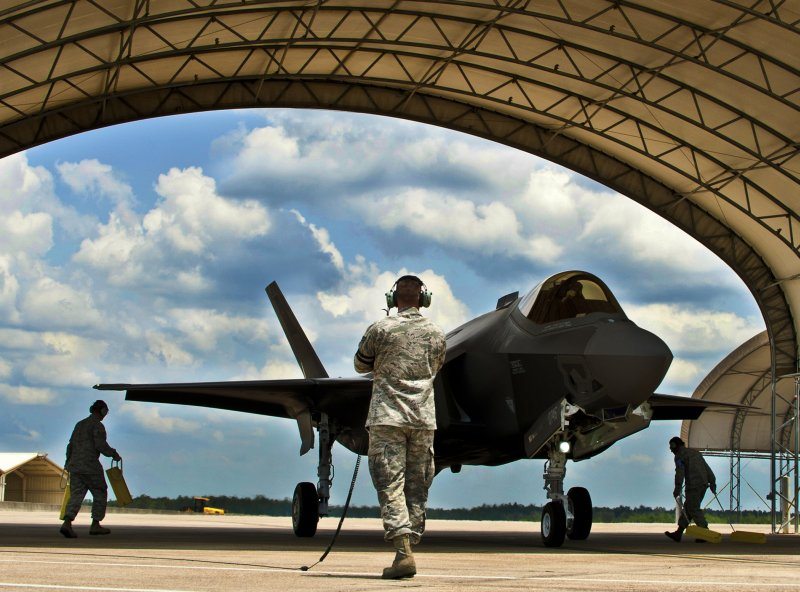Armed forces which include the controversial JSF jet fighter is the least attractive scenario for the future of the Dutch military, according to an assessment by the Clingenael Institute.
The institute, which specialises in international relations, has drawn up four options for the armed forces, only one of which includes the JSF, Nos television reports on Thursday.
The Netherlands has committed to buying two test planes and defence minister Jeanine Hennis will take a final decision on replacing the F-16s with the JSF at the end of this year.
Military intervention
Clingendael says the JSF will only be needed if the Netherlands wants to take part in the opening phase of military interventions. This would allow the Netherlands to exercise influence on the international state and deliver and ‘important contribution’ to Nato in terms of European military capacity.
But the high cost of the JSF will lead to ‘serious limitations’ to the country’s maritime operations – such as the role the Netherlands currently plays in protecting commercial shipping against pirates. The Netherlands would also have less capacity to take part in human rights and humanitarian missions, the institute says.
‘Amending the operational targets of the armed forces is unavoidable,’ the report states. At the moment there is a skewed relationship between the country’s ambitions, the budget and the structure of the armed forces, the report states.
Stability
The best option would be to see the Dutch armed forces as a ‘robust stabilisation force’. This means the Netherlands would not take part in the initial phases of an intervention, with a high level of violence, but would contribute to peace and stability operations.
In this scenario, the JSF and submarines would not be necessary, the institute says.
Clingendael gives this scenario nine stars in its report, but the option including the JSF only scores five.










